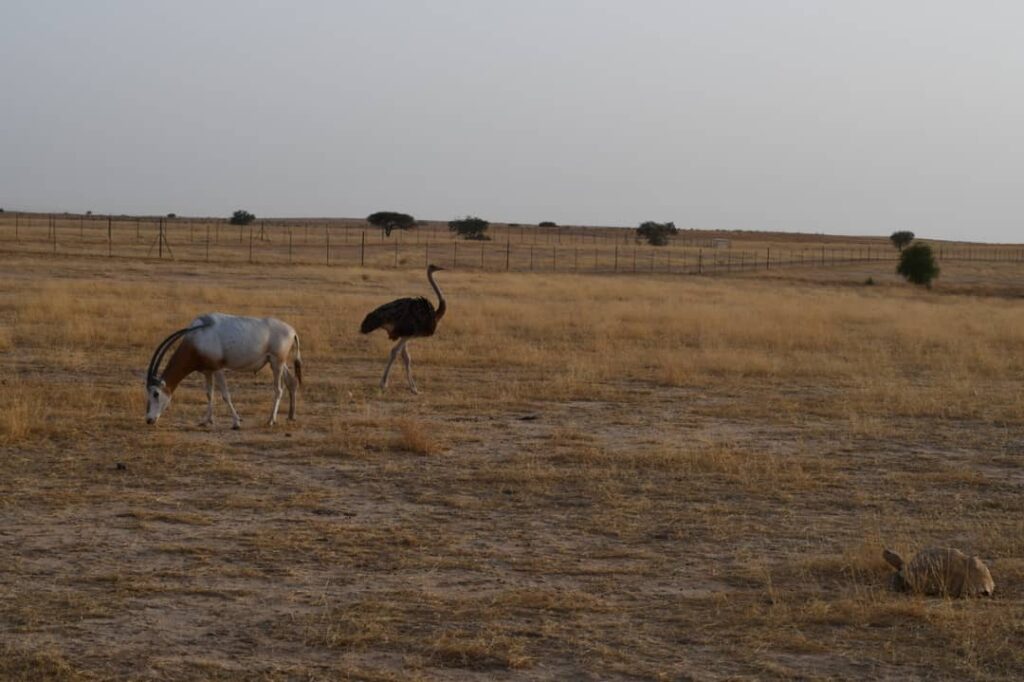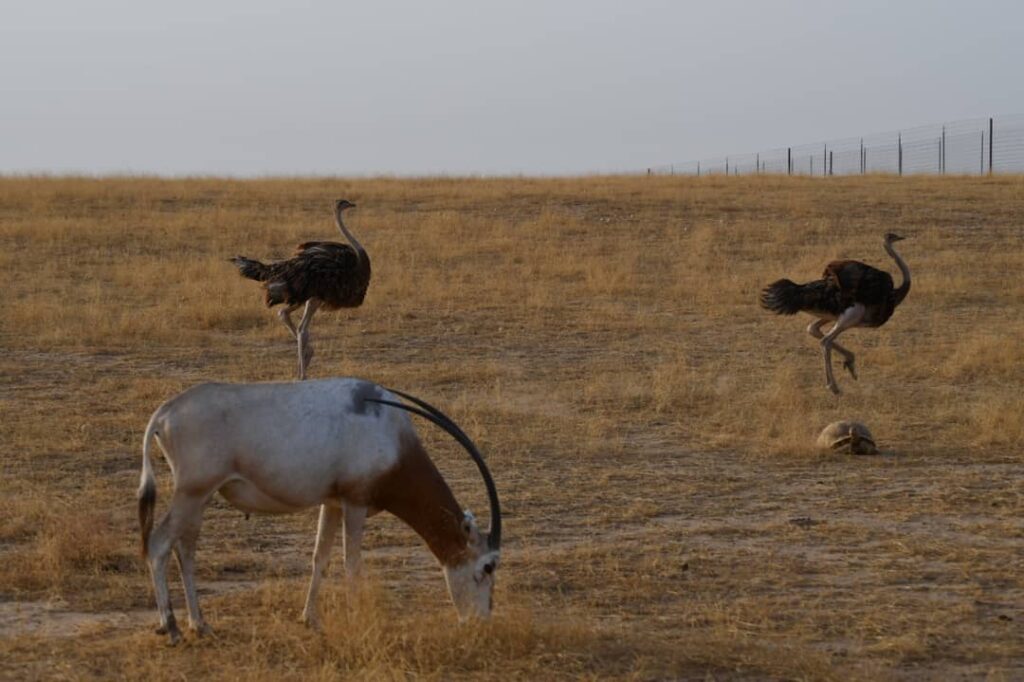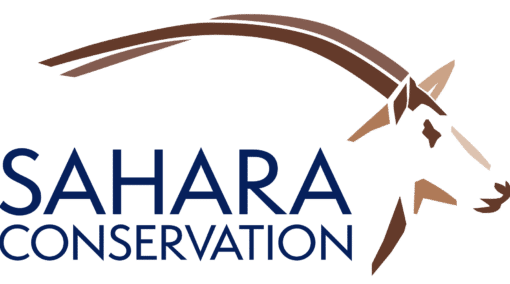Oryx Conservation Success Expands to Ostriches in Chad
Since 2015, under a joint initiative sponsored by the government of Chad and the Environment Agency Abu Dhabi, the Sahara Conservation Fund has spearheaded the fieldwork of the ongoing Chad scimitar-horned oryx (Oryx dammah) reintroduction project. The immense success of the project’s first phase has led to the approval and funding of a second phase, which now enables the project’s partners to expand their scope to other Sahelo-Saharan species.
A New Phase
The recently completed first phase of the project reestablished a population of about 280 individuals scimitar-horned oryx in the Ouadi Rimé-Ouadi Achim Game Reserve in Chad. The animals now peacefully wander the reserve under the watchful eye of local and international stakeholders.
Under the overall leadership and management of the Environment Agency Abu Dhabi, the new second phase is expected to last 5 years and will focus on both continuing to build up the existing oryx population and on introducing other species to the reserve. Current phase 2 plans include starting new populations of addax (Addax nasomaculatus), dama gazelle (Nanger dama), and North African ostrich (Struthio camelus camelus). So far, the addax are the first new neighbors for the oryx recently joined by the tallest bird in the world: the North African ostrich.

Bringing in the Birds
African Parks Network, a collaborator of the project, and SCF, are hopeful that this project will result in an abundant ostrich population in Central and Northern Chad. Members across both organizations are extremely happy to work and make progress together on the ostriches. In addition, Marc Dethier, the SCF oryx project manager, claims that the experience gained on animal translocation, and the “work synergy” within the oryx project team enhances the quality and speed of the work they do together.
Despite the immense size of the adults, ostriches are surprisingly delicate and conservationists have struggled to safely transport them. Following best practices established by involved veterinary experts and other organizations, Marc and the APN team flew fifteen day-old ostrich chicks to the reserve from the Zakouma National Park. The SCF team in Chad plans to release the chicks when they are 18 months old and are better able to defend themselves from predators. Before being released, GPS tracking devices should be fitted on the birds in order to collect data and track their movements.

The ostrich chicks first met the oryx when project leader Marc Dethier placed the feeding troughs of each group in front of each other, separated by a fence. As the two species grew more accustomed to each other, and as the chicks grew taller, they were permitted to cross the fence to meet their new neighbors in person. Reports say that the two groups are getting along very well!
Released ostriches will have access to food and water at least in the beginning. Close monitoring of their health and behavior will determine if the ostriches adapt well to their habitats. So far, the translocation and conservation efforts of this project have proved successful with low mortality rates and good overall health of the birds.

